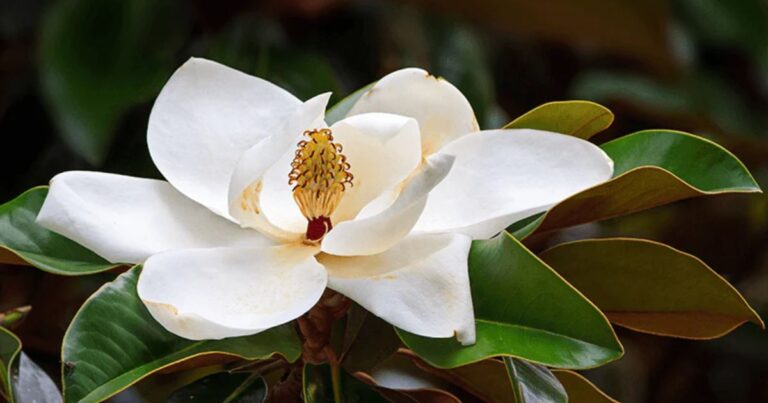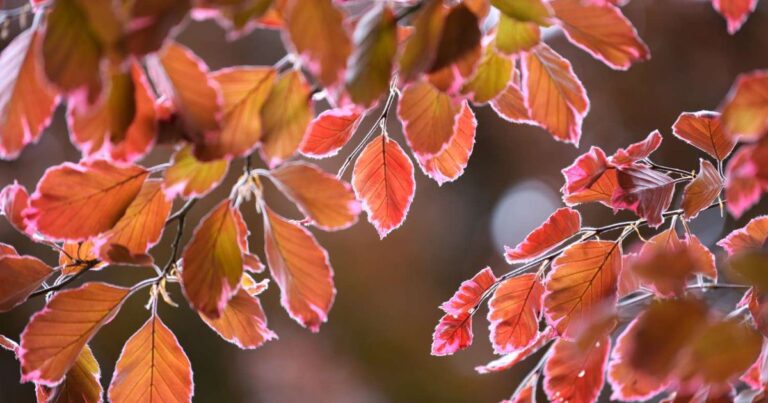Green Ash Tree Care, Growth rate, Leaves, Seeds And Planting
These magnificent trees not only provide shade and beauty but also play an essential role in our ecosystems. As urban landscapes continue to expand, understanding how to care for these resilient giants becomes increasingly vital for both homeowners and city planners alike.
From their impressive growth rate to the unique characteristics of their leaves and seeds, the Green Ash tree is a remarkable addition to any landscape.
In this article, we will delve into the intricacies of Green Ash tree care, offering insights that will help you cultivate healthy specimens that thrive in your environment. Knowing how to nurture these trees can significantly enhance your outdoor space.
What Is A Green Ash Tree?
The Green Ash tree, scientifically known as “Fraxinus pennsylvanica”, stands out not only for its aesthetic appeal but also for its adaptability to various environments. With a striking, pyramidal shape when young and a broader canopy as it matures, it graces landscapes with its lush green foliage that transforms into vibrant yellow hues in the autumn.
One of its standout traits is how well it thrives in diverse soil types, from sandy to clay-rich areas, making it an ideal choice for urban settings striving to bolster biodiversity. Capable of withstanding pollution and drought better than many native hardwoods.
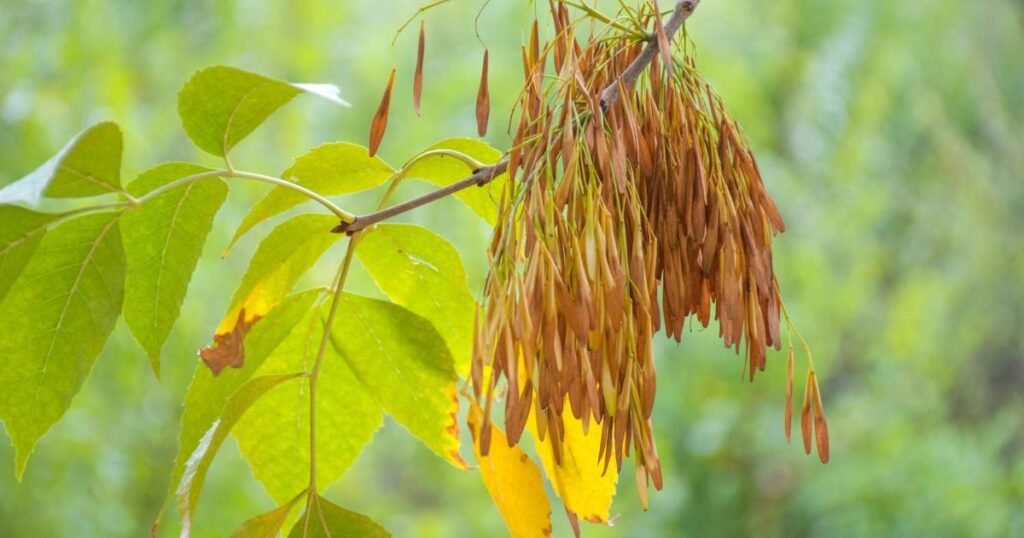
What Is The Scientific Name For Green Ash Tree?
The scientific name for the green ash tree is “Fraxinus pennsylvanica”. This deciduous species belongs to the olive family, Oleaceae, and is native to North America. Green ash trees are celebrated for their remarkable adaptability, thriving in a variety of habitats from floodplains to dry uplands.
How To Plant Green Ash Tree?
To plant a green ash tree, first choose a sunny spot with enough space for it to grow. These trees thrive in well-draining soil but are also remarkably adaptable; they can tolerate various soil types, including clay and sandy mixes. Before planting, it’s wise to amend your chosen location with organic matter like compost, enhancing nutrient availability and improving soil structure.
When you dig a hole for your green ash, make it twice as wide as the root ball but no deeper than the root ball’s height. This helps the roots spread out and stops water from collecting around the trunk, which can cause rot.
After you place the tree in the hole, fill it in gently without packing the soil too tightly. This helps the roots grow into their new space. Water the tree well after planting, and think about adding mulch around the base to keep moisture in and keep weeds down.
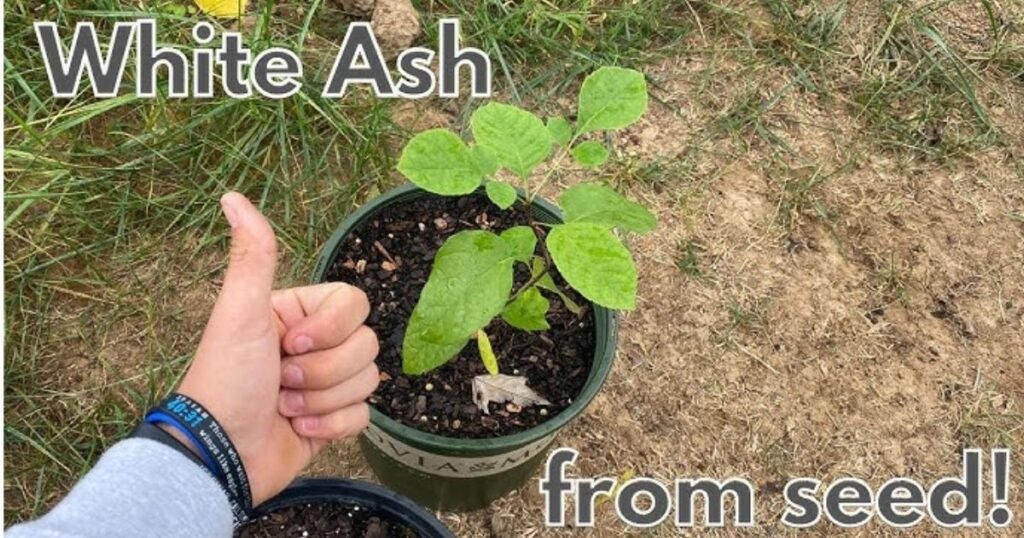
Green Ash Tree Seeds
Green ash trees offer a fascinating glimpse into nature’s seed propagation. Their seeds, known as samaras, resemble tiny helicopter blades that rotate gracefully as they fall to the ground.
This unique shape is not just for show; it enables the seeds to drift on breezes over considerable distances, enhancing their chance of colonizing new areas. The winged design is a marvel of evolution, allowing these trees to expand into various environments and thrive in diverse soil conditions.
Green Ash Tree Leaves
The Green Ash tree boasts leaves that are a vibrant point of fascination throughout the seasons. The leaflets present a rich green hue during the growing months, creating a lush canopy that provides shade shelter and contributes to ecological balance by supporting various bird species.
Typically consisting of five to nine pointed leaflets arranged in an opposite pattern along the stem; this unique structure sets it apart from other broadleaf trees and aids in its remarkable resistance to stressors like drought.
Green Ash Tree Bark
The bark of the Green Ash tree (Fraxinus pennsylvanica) is not just a protective covering but also a vibrant ecosystem in its own right. Characterised by its rugged texture and diamond-shaped patterns, this bark serves as a habitat for various organisms, from lichen that adds splashes of colour to important nesting sites for birds.
The peeling nature of the bark allows moisture to remain trapped, fostering an environment where microbes thrive, which can improve soil health around the tree.
Green Ash Tree Growth Rate
Typically, this deciduous tree can add an impressive 2 to 3 feet normally and 6 to 10 feet fastest in height annually under optimal conditions, achieving maturity in about 20 to 30 years. Its rapid growth makes it an attractive option for those seeking quick shade or windbreaks in their yards. The healthier the ecosystem around the Green Ash, the more robust its growth trajectory.
Green Ash Tree Flowers
Emerging in the early spring, just before the leaves open up, these modest bunches of greenish-yellow flowers frequently blend into the surrounding new foliage and go unnoticed.
Yet, their timing is crucial for early-season pollinators such as bees and other insects that have just come out of hibernation. As one of the first indicators of life in a revitalizing ecosystem, Green Ash flowers offer vital nectar during a crucial period when food is scarce.
In addition to their ecological importance, these blossoms possess intriguing adaptations that merit further investigation. Each flower is dioecious, meaning that individual trees are either male or female, which promotes genetic diversity and strengthens population resilience.
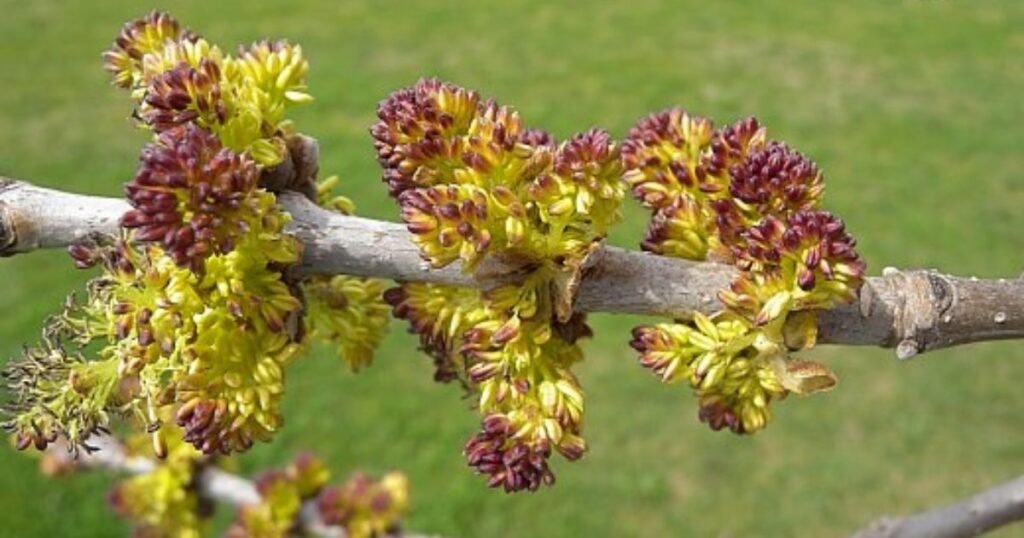
Green Ash Tree Size
Typically reaching heights of 50 to 60 feet, with some exceptional specimens soaring up to 80 feet, this species commands attention as it towers over surrounding flora. Its broad canopy can extend nearly as wide as the tree is tall, often creating an expansive shade that’s ideal for parks, yards, and streetscapes alike.
Green Ash Tree Fruit
These winged seeds, called samaras, are fascinating not only in their appearance but also in their ecological role. Each samara is equipped with a flattened wing that facilitates aerial dispersal by the wind, allowing these seeds to travel great distances from the parent tree. This adaptation ensures that Green Ash trees can colonize new spaces effectively and thrive in diverse environments.
How To Green Ash Tree Care?
First, check your soil quality. Green ash trees grow best in well-drained, loamy soil with organic matter. Adding compost or mulch around the base helps retain moisture, provides nutrients, and reduces weeds.
Watch out for pests, especially emerald ash borers, which can harm these trees. Use natural methods, like beneficial insects, instead of just chemicals. Planting a variety of plants nearby can attract predators that help control these pests naturally.
Change your care routine with the seasons. Water less in the fall, but make sure the trees are well-hydrated before winter. This will help them grow healthy and withstand environmental stress.
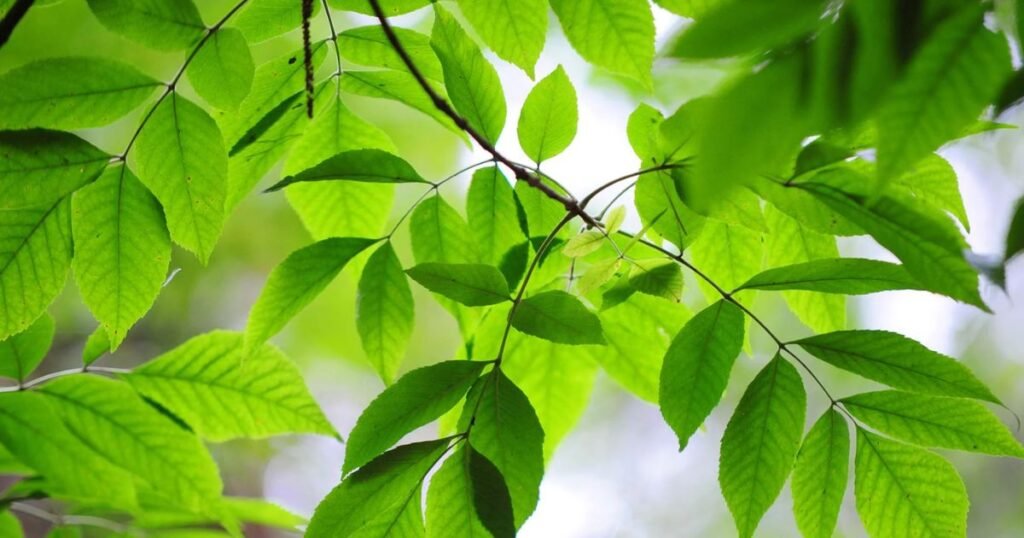
Uses And Benefits Of Green Ash Tree
- Ecological Benefits: Green Ash plays a vital role in local ecosystems, providing habitats for various wildlife species. Its foliage and berries serve as food sources for birds and insects.
- Urban Resilience: This hardy tree thrives in urban environments, tolerating pollution and compacted soil, making it an invaluable asset to city landscapes.
- Erosion Control: With strong root systems, Green Ash helps stabilize soils along banks, preventing erosion and maintaining water quality in adjacent waterways.
- Carbon Sequestration: As a fast-growing species, it absorbs considerable amounts of carbon dioxide from the atmosphere, helping combat climate change on both small and large scales.
- Versatile Shade Provider: The dense canopy offers excellent shade during hot summer months, reducing energy costs associated with cooling buildings nearby.
- Aesthetic Appeal: Featuring lush green foliage that turns vibrant yellow in fall, the Green Ash enhances landscape beauty throughout the seasons.
- Traditional Uses: Historically used by Native Americans for medicinal purposes as well as crafting tools and bows because of its resilient wood properties.
- Woodworking Potential: The strong yet flexible wood is favored among craftsmen for furniture-making and cabinetry due to its attractive grain patterns and durability.
Green Ash Tree Facts And Tips
- Adaptive Resilience: The green ash tree (Fraxinus pennsylvanica) is well-known for its ability to adapt to different environments. It grows well in various soil types and moisture levels. This resilience makes it a great choice for city landscapes, where it can handle pollution and limited space. It not only adds beauty but also provides important ecological benefits.
- Wildlife Haven: Green ash trees are important for local ecosystems. Their leaves provide shelter and food for many bird species, and their seeds are a favorite snack for squirrels and other small animals. Planting green ash trees benefits both people and local wildlife.
- Shade Provider: Green ash trees can grow up to 60 feet tall and spread wide, offering shade from the sun in the summer. This shade improves outdoor comfort and helps lower energy costs by cooling the area around buildings. They are an eco-friendly choice for homeowners looking to save energy.
- Pest Awareness: Although green ash trees are easy to care for, potential owners should watch out for pests like the emerald ash borer, which has harmed many trees in North America. Regular checks can help spot early signs of infestation. Acting quickly can protect your tree’s health and support environmental management in your community.
Green Ash Tree Vs Golden Rain Tree Care
The Green Ash tree thrives in a range of soils but prefers those that are moist and well-drained. Regular watering during dry spells is particularly crucial in its early years while it establishes a robust root system.
The Golden Rain tree showcases its resilience through drought tolerance, making it an excellent option for less frequent irrigation after establishment. Its vibrant yellow blooms not only beautify landscapes but also attract pollinators. Fertilizing with a balanced mix can enhance flowering; Caution is needed as over-fertilizing may lead to excessive leaf growth at the expense of blooms.
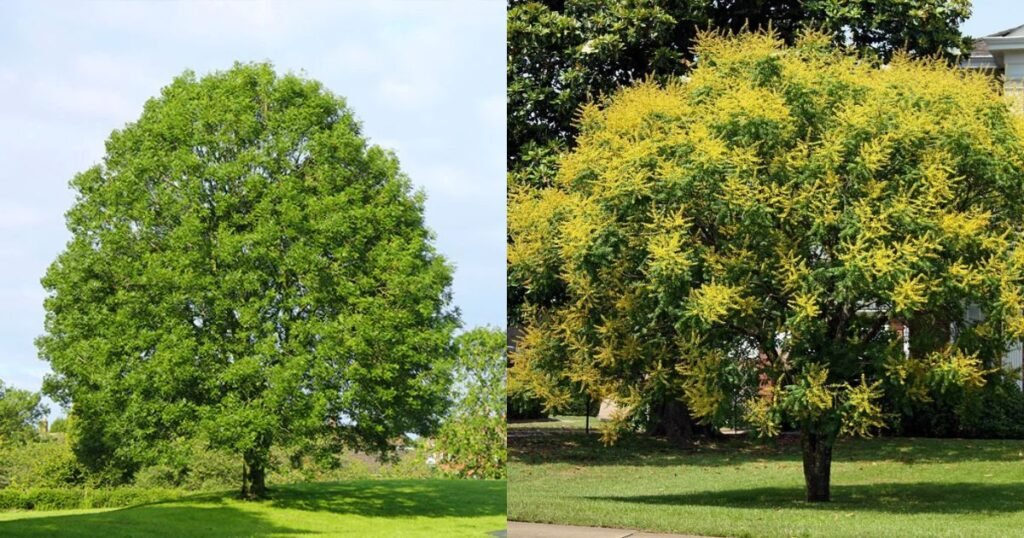
Conclusion
Nurturing the green ash tree care and attention can significantly enhance its growth rate and vibrant leaves, while also promoting a healthy life cycle. By recognizing its distinct features, such as the arrangement of its leaves and how it produces seeds, gardeners and landscapers can make educated choices regarding planting and upkeep.
Creating an optimal environment—characterized by sufficient sunlight, well-draining soil, and consistent watering during dry periods—will support vigorous growth and improve resistance to common pests. Acknowledging the ecological advantages of planting green ash trees can enrich your landscape and support local biodiversity.






